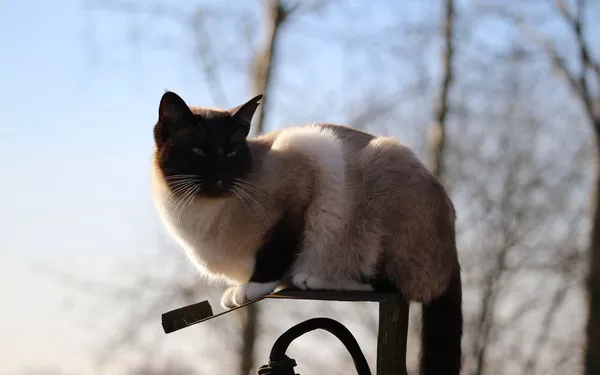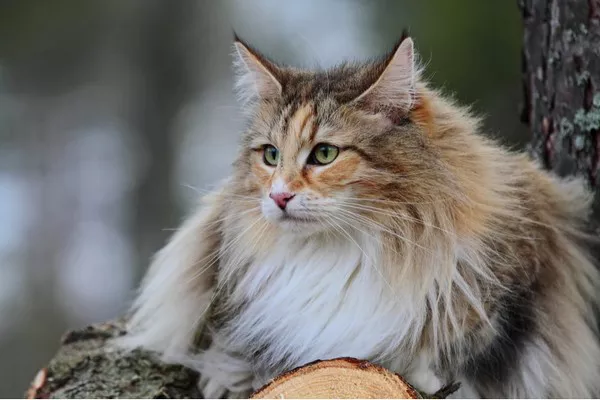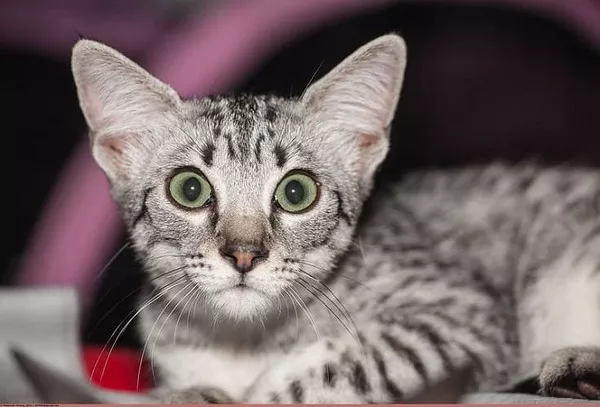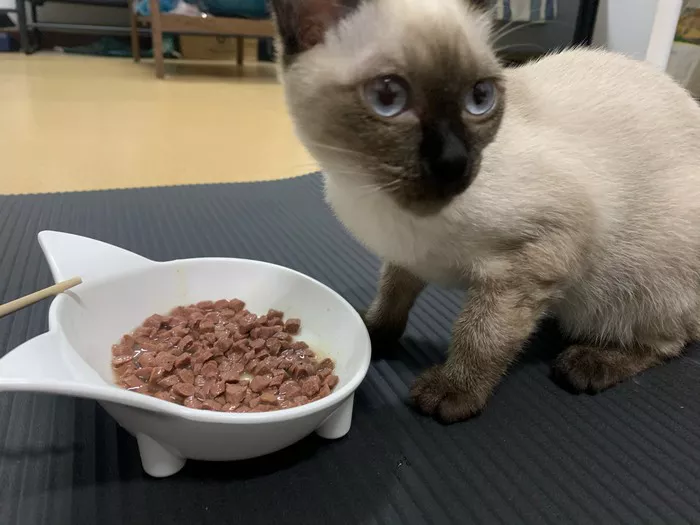When it comes to providing the best nutrition for our feline friends, the debate between wet and dry cat food has been ongoing. As responsible cat owners, it’s essential to understand the differences between these two options to make informed decisions about our pets’ diets. In this article, we will delve into the advantages and disadvantages of wet and dry cat food, considering various aspects that contribute to the overall well-being of our beloved feline companions.
Aspect 1: Nutritional Content
Wet Food:
Wet cat food, often referred to as canned food, is known for its high moisture content. This aspect can be beneficial for cats that don’t drink enough water, as it helps maintain proper hydration levels. Additionally, wet food tends to have a higher protein content, which is crucial for maintaining muscle mass and overall energy.
Hydration Support: Cats are notorious for being finicky drinkers. The high moisture content in wet cat food can aid in preventing dehydration, particularly in cats that are reluctant to drink from a water bowl.
Protein-Rich: Many wet cat foods are formulated with high-quality protein sources such as meat and fish, providing cats with the essential amino acids they require for various bodily functions.
Dry Food:
Dry cat food, often known as kibble, is popular for its convenience and longer shelf life. However, its nutritional content can differ from wet food.
Dental Health: The crunchiness of dry cat food can help reduce tartar buildup and promote dental health. The abrasive texture can act as a natural toothbrush, which is beneficial for maintaining healthy teeth and gums.
Caloric Density: Dry cat food tends to be more calorie-dense than wet food. This can be advantageous for cats that need to maintain or gain weight, but it requires careful portion control to prevent overfeeding.
Aspect 2: Digestibility and Palatability
Wet Food:
The texture and moisture content of wet cat food make it easier for cats to chew and swallow, especially for older cats with dental issues. The aroma of wet food can also be more appealing to finicky eaters.
Sensitive Stomachs: Cats with sensitive stomachs may find wet food easier to digest due to its higher moisture content and softer texture. It can be gentler on their gastrointestinal tract.
Picky Eaters: Cats known for being picky eaters might be more inclined to enjoy the strong scent and tender texture of wet food, making it a suitable choice for improving their appetite.
Dry Food:
Dry cat food’s crunchy texture can aid in dental health, but it might not be as easily digestible for all cats.
Grazing Behavior: Some cats have a grazing behavior, nibbling on food throughout the day. Dry food can be left out without spoiling, allowing these cats to eat at their own pace.
Taste and Consistency: While some cats enjoy the crunchiness of dry food, others might find it less appealing due to its harder texture and potentially milder aroma compared to wet food.
Aspect 3: Cost and Convenience
Wet Food:
Canned cat food can be more expensive than dry food due to its higher meat content and packaging costs. However, it offers benefits in terms of moisture and palatability.
Expense: The cost of providing wet cat food exclusively can add up, especially for cat owners with multiple pets. It’s important to weigh the benefits against the expense.
Portion Control: Wet food typically comes in pre-portioned servings, which can help with portion control and prevent overfeeding.
Dry Food:
Dry cat food is often more affordable and can be bought in larger quantities, reducing the frequency of shopping trips.
Economical Choice: For budget-conscious cat owners, dry food can be a more cost-effective option while still providing essential nutrients.
Storage: Dry food has a longer shelf life and can be conveniently stored without the need for refrigeration.
Aspect 4: Special Dietary Needs
Wet Food:
Cats with certain health conditions, such as urinary tract issues or diabetes, may benefit from wet food’s high moisture content and controlled carbohydrate levels.
Urinary Health: Wet cat food’s higher moisture content can help maintain urinary tract health by promoting proper hydration and preventing the formation of crystals.
Diabetic Cats: Wet food with controlled carbohydrate levels can be a suitable choice for managing diabetes, as it helps stabilize blood sugar levels.
Dry Food:
Some dry cat foods are formulated to address specific health concerns, such as weight management or hairball control.
Weight Management: Specialized dry cat food can help overweight cats lose or maintain weight due to its controlled caloric content.
Hairball Control: Certain dry cat food formulas include fibers that aid in reducing hairball formation, a common concern among cats with long fur.
In conclusion, the decision between wet and dry cat food depends on various factors, including your cat’s age, health status, preferences, and your budget. Both options have their own merits and potential drawbacks. To make the best choice for your feline companion, consult with your veterinarian for personalized recommendations based on your cat’s specific needs.
Remember, providing a well-balanced diet that meets your cat’s nutritional requirements is essential for their overall health and happiness. By understanding the nuances of wet and dry cat food, you can make an informed decision that contributes to your cat’s well-being and longevity.



























